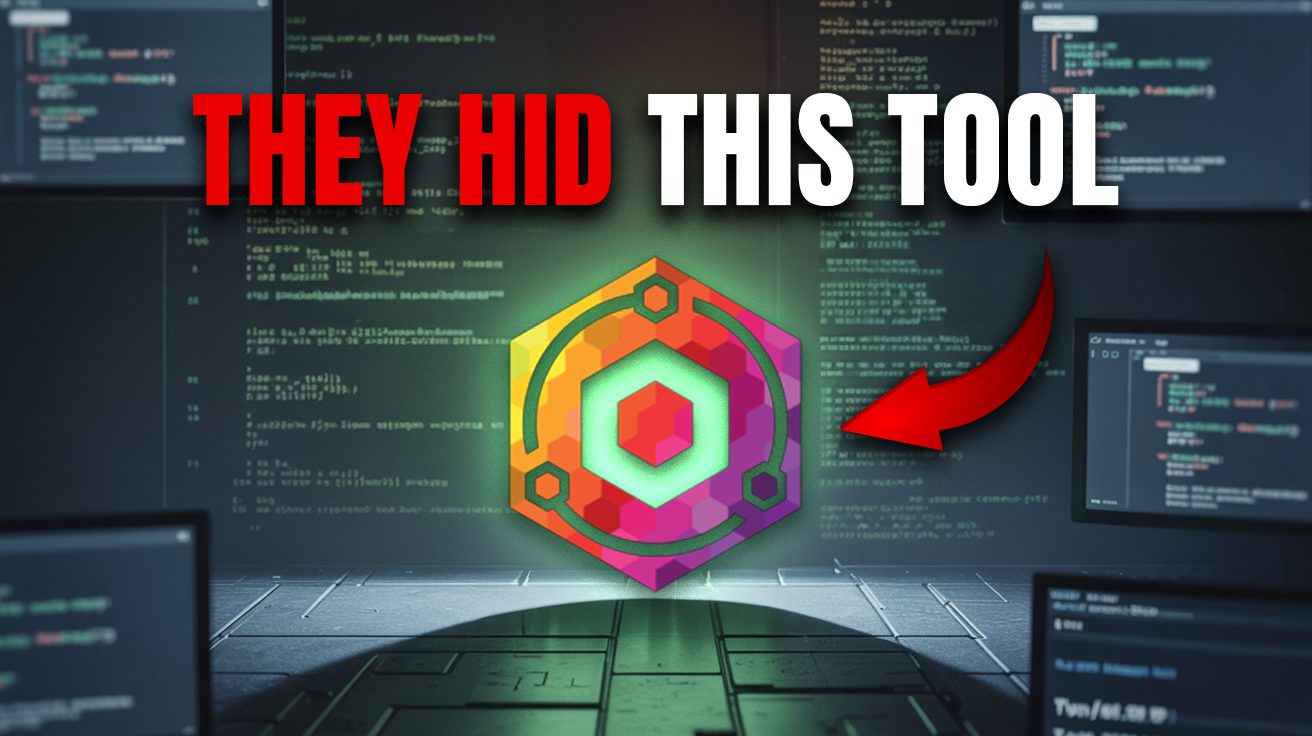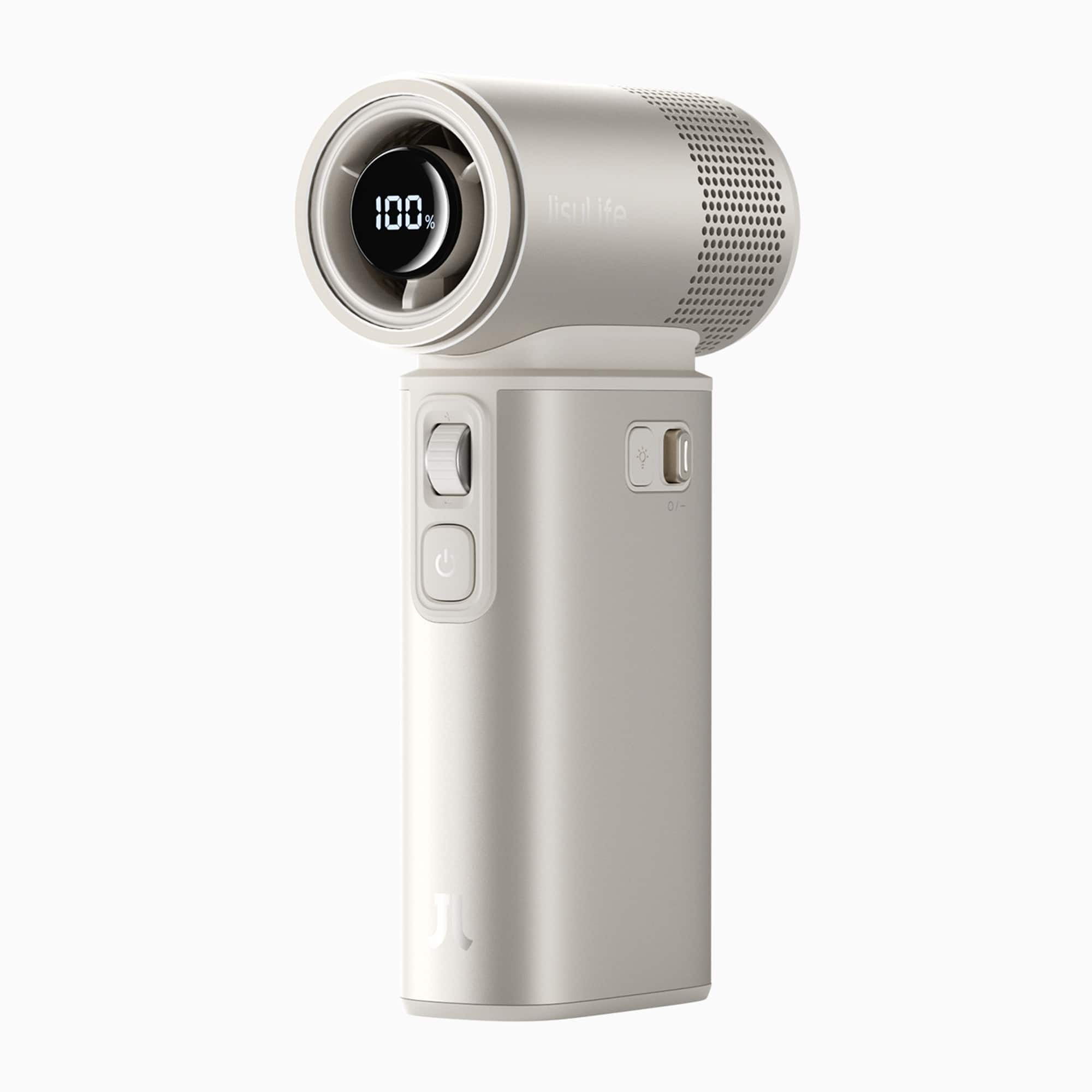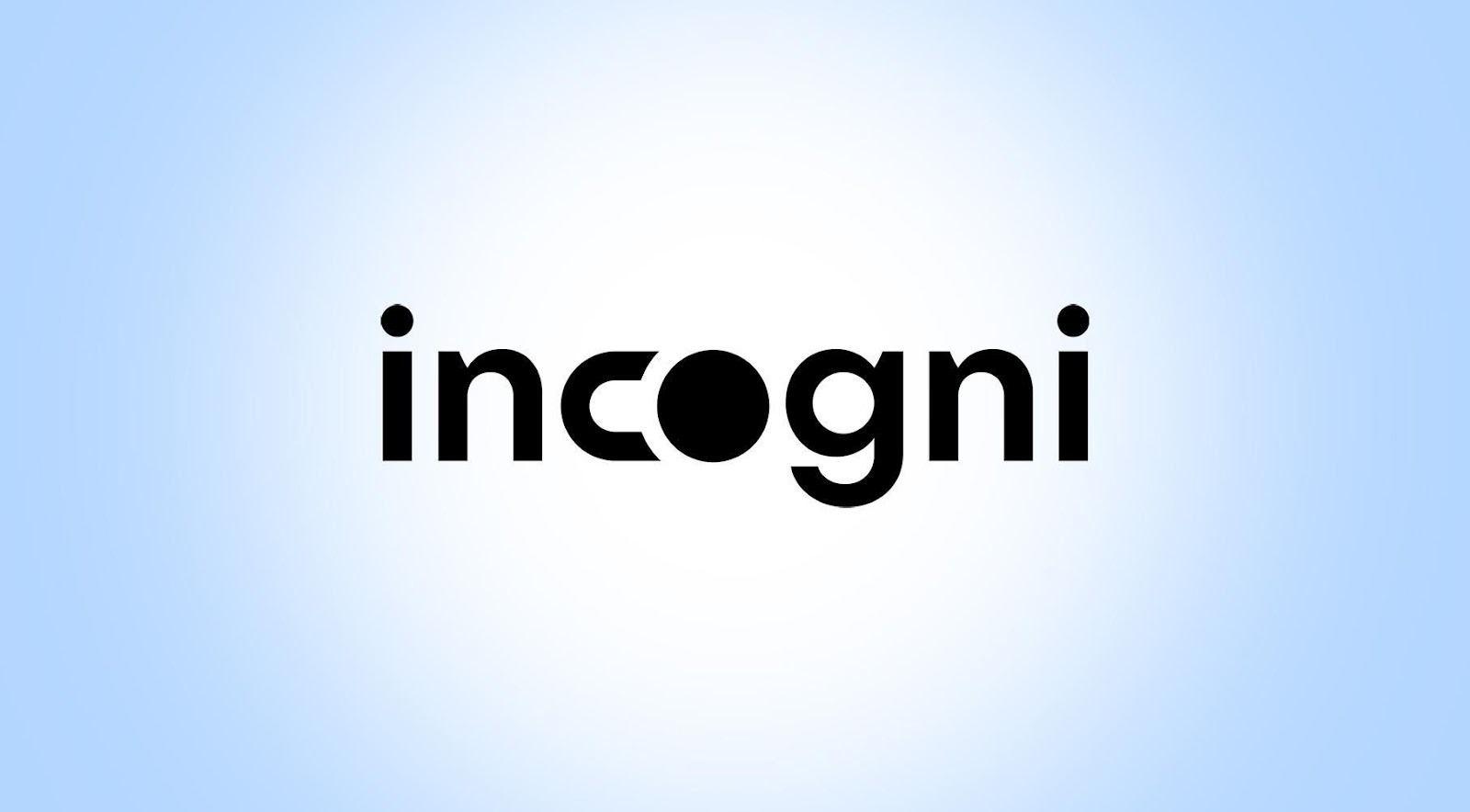Netflix hiked prices by 18% while removing your favorite shows. Dropbox wants $9.99 monthly for 2TB of storage after offering features that used to be free. Adobe’s creative suite now costs more than your car payment, and Big Tech’s subscription treadmill accelerates every quarter, turning digital tools into permanent monthly bills that never decrease.
Self-hosting breaks this cycle by letting you run applications on your hardware and control your data. Today’s server applications function more like household appliances than complex technical systems, making your digital independence achievable and practical with the right tool selection.
6. Data Syncing Tools: Your Digital Safety Net
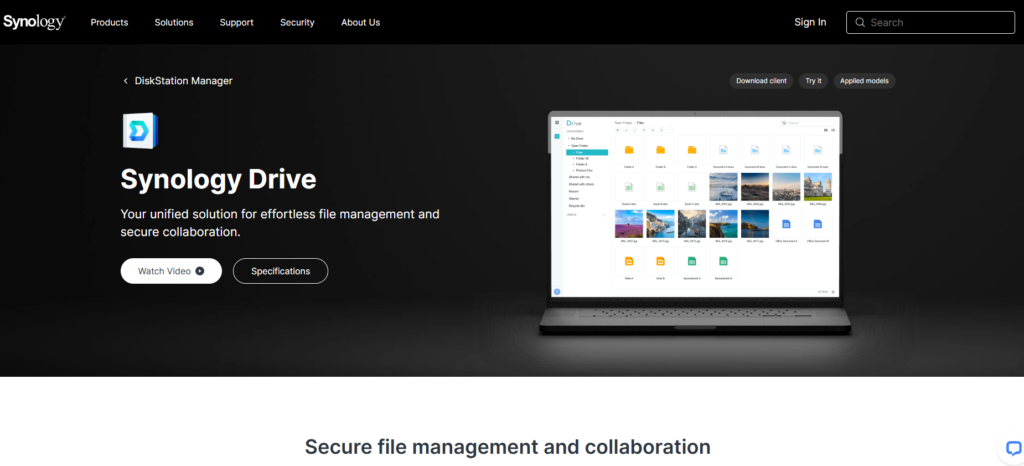
Dead hard drives don’t have to mean data disasters when automatic replication systems handle the protection work for you. SyncThing establishes secure channels that route your photos from phone to desktop to backup server in one continuous flow, while Synology Drive adds cloud-style convenience to this local control approach. Corporate intermediaries never touch your documents because everything syncs across your platforms without external oversight.
Cost breakdown reveals the financial advantage when you compare services directly. Backblaze B2 charges $6 monthly per terabyte compared to Dropbox’s $9.99 for 2TB (effectively $5 per terabyte). Storage flows from your NAS to offsite services through automated backup processes, creating enterprise-grade redundancy at prices that slash your storage costs by 40%.
5. Container Management: Docker Without the Doctorate

Professional-grade application deployment shouldn’t require memorizing cryptic terminal commands. Portainer transforms container orchestration into point-and-click simplicity by providing dashboard visibility for resource usage, networking, and deployment status. Each service gets its isolated environment with controlled access to system resources, preventing conflicts that plague traditional installations.
Dockage streamlines the experience further with intuitive navigation and automatic Docker Compose file generation. Together, both platforms eliminate the technical barriers that make container management feel like rocket science. Multiple applications run simultaneously without conflicts because of this isolation, creating a stable foundation for your self-hosted ecosystem.
4. Reverse Proxy Servers: No More IP Address Memorization
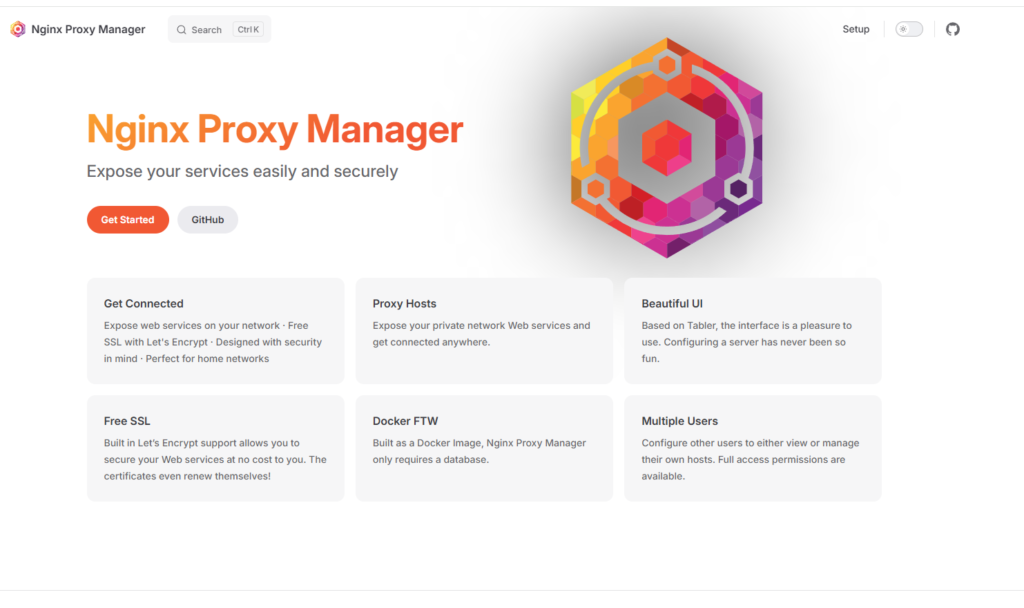
Remembering 192.168.1.243:32400 to access your movie server borders on digital masochism. Nginx Proxy Manager transforms these cryptic addresses into sensible names like movies.home that your brain can process, routing traffic to the right applications without requiring a computer science degree. Certificate management becomes completely hands-off since SSL renewals happen automatically through DNS validation, freeing you from the quarterly ritual of manually updating security certificates.
External access becomes secure through Cloudflare Tunnel, which establishes protected pathways without exposing your network to security threats. Your self-hosted services present themselves with the same polished URLs and valid certificates that users expect from professional platforms. Setup complexity melts away because these tools handle the networking intricacies that would otherwise consume entire weekends, reducing deployment time to minutes rather than hours.
3. Monitoring Solutions: Early Warning Systems That Work

Silent service failures destroy more home servers than dramatic hardware crashes ever will. HomeLab dashboards catch these problems early by displaying system health status before minor issues become major outages. Uptimekuma extends this protection through notification systems that alert you when services go sideways, turning potential disasters into manageable maintenance tasks.
Grafana and Prometheus provide forensic-level analysis by tracking every aspect of system performance over time. Historical patterns reveal future problems before they occur, shifting your approach from reactive crisis management to predictive maintenance. Most people skip monitoring until their first major failure teaches them why prevention beats restoration every single time.
2. Network Testing Tools: Find the Real Bottlenecks

Buffering videos and stalled file transfers usually point to network problems rather than internet provider issues. Open Speed Test diagnoses these problems through browser-based testing that measures bandwidth, latency, and packet loss without requiring software installations. Clear results show whether bottlenecks exist within your local network or beyond your control.
Iperf3 provides surgical precision for serious troubleshooting by measuring exact throughput between specific devices and validating expensive equipment performance. Both tools prevent unnecessary equipment purchases by identifying real problems instead of letting you guess which hardware might need upgrading.
1. Password Management: Security Without Corporate Surveillance
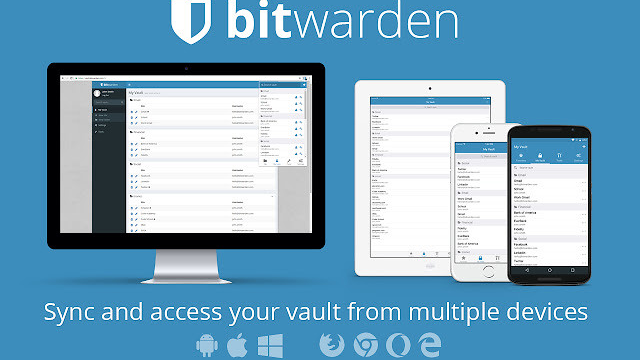
Password security shouldn’t require monthly payments to companies that profit from analyzing your data. Bitwarden’s self-hosted edition delivers enterprise functionality while keeping credentials on hardware you own and control. Browser integration works seamlessly across all platforms, maintaining user convenience without corporate data mining.
Vaultwarden provides identical security features with minimal resource requirements, perfect for home labs running on modest hardware. Unlimited password syncing across all devices happens without artificial restrictions or payment tiers. LastPass charges $36 yearly for premium features, while Google’s basic password tools lack advanced capabilities. This difference makes your self-hosted alternative a clear winner that costs nothing beyond initial setup time.


